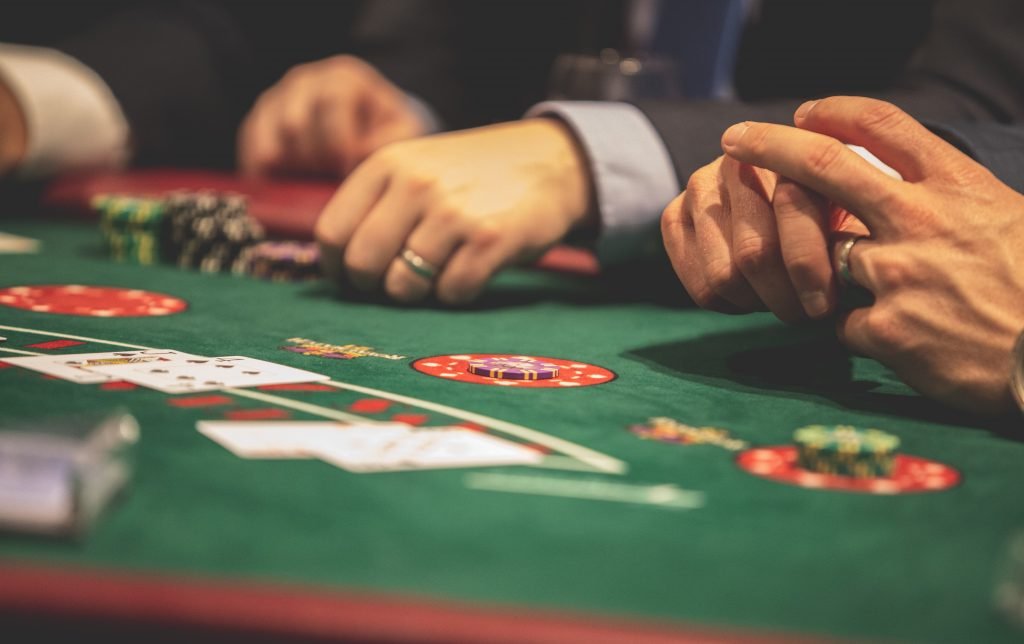
Card counting is a common way for players to attempt to cheat the system when it comes to the popular casino game Blackjack. Blackjack is the American variant of popular game Twenty-One, where the player is against the dealer in a draw of cards. Each player, in turn, competes against the dealer in order to win. In standard Blackjack, there are two decisions to be made; when you turn over your two dealt cards you can ‘stick’ – meaning that you’re happy with what you have or ‘twist’ – meaning you are asking the dealer for another card. The aim is to beat the dealer by getting as close to the number total of 21 before going bust (meaning you have gone over 21) or at the least, get closer than the dealer. Each card is worth its numerical value, expect the Ace is worth either one or eleven and picture cards worth 10. Turning over an ace and 10 (or picture card) will result in a ‘natural’, also known as ‘Blackjack’. If both the dealer and player turn over Blackjack hands, it is classed as a tie. You can play online blackjack with Paddy Power to practise before hitting the casinos.

Due to the nature of Blackjack, cards are turned over repeatedly at a fast rate, so a deck of 52 cards can go around fairly quickly. People started trying to predict what cards would come out next, some taking note of what cards were around each other so that when they saw a significant card, they would know a particular card wasn’t too far behind. Then people started to be more specific, trying to mathematically create a way to win at Blackjack every time.
Before a successful method was established in 1962 thanks to Edward Thorp’s book ‘Beat the Dealer’, mathematicians were trying to figure out how to win. Jess Marcum has a point-count system and was possibly one of the first people who has looked into finding a solution for a method of winning in 1949. Marcum was a nuclear physicist who became a professional Blackjack player and then evolved his theories – however, he did not make a breakthrough.
The Four Horseman also believed they had managed to establish a way to win. They published a book titled ‘Playing Blackjack to Win’ in 1957 with many strategies and tips for card counting in the book but none would tell you how and when to vary the players’ bets. Although their theories worked for short term winnings, in the long run, they would ultimately lose out on money, rendering their theory wrong.
1962 was the year of a breakthrough when Edward Thorp managed to unlock a mathematically sound system that would deliver results every time. Due to the book delivering a sound theory on how to beat the casino, people flocked to purchase it. The method was very easy to learn, and casinos knew they were at a disadvantage, so much so that they had to adjust their rules to keep the odds in their favour.
Thorp did produce a second edition of the book with the help of Julian Braun, an IBM employee who had studied Blackjack with the help of a simulator. Thorp’s book is still regarded as the best book to purchase if you are looking to card count in Blackjack, and because of this, his name has gone down in history as the man who cracked the code to the casinos.
If you don’t feel like card counting or playing live games, there are always the slot machines. Some slot machine games are very well made, and if you watch other people playing them carefully you can predict when the jackpot might be hit soon. This information can be found at goldenslot operators.



